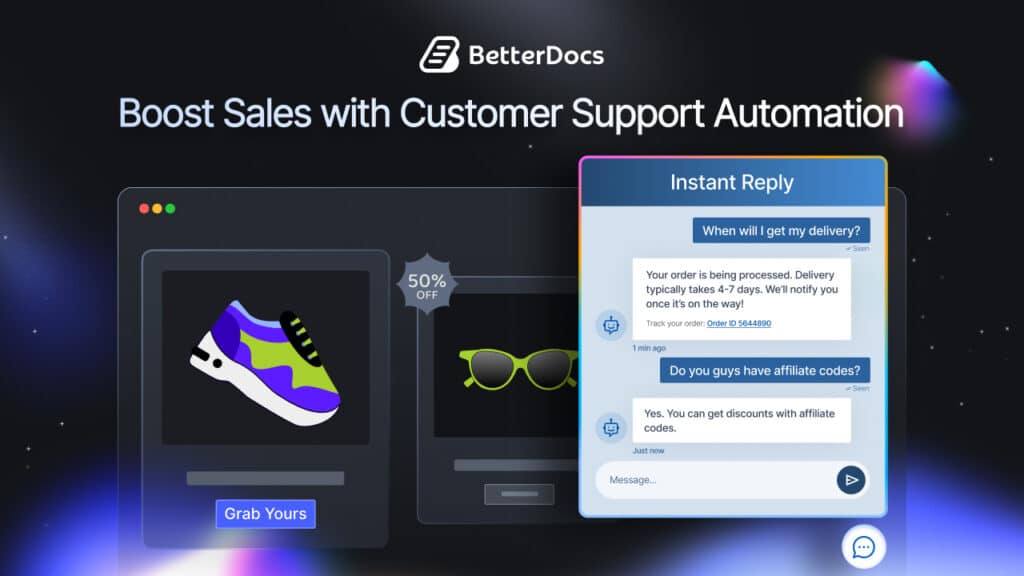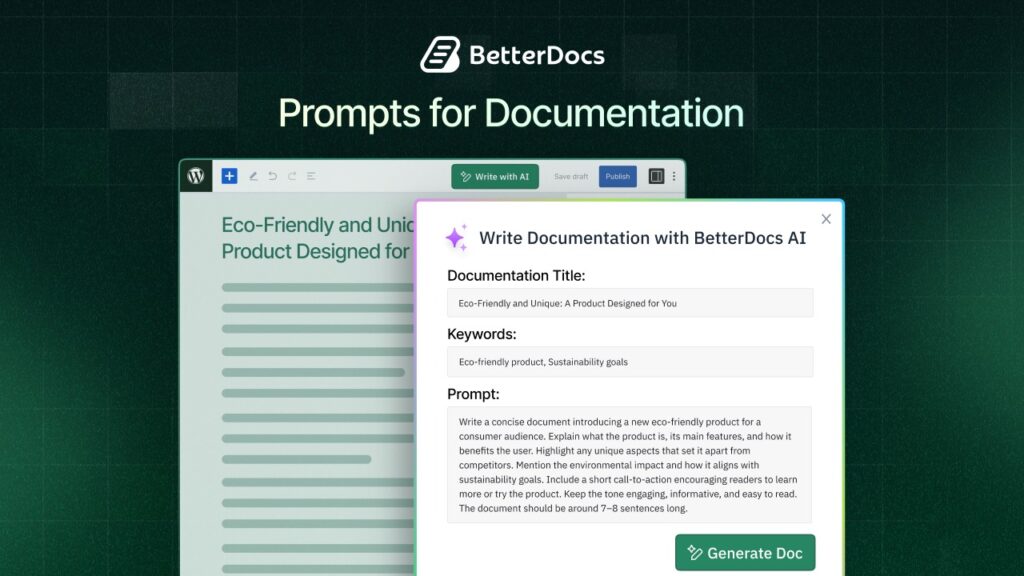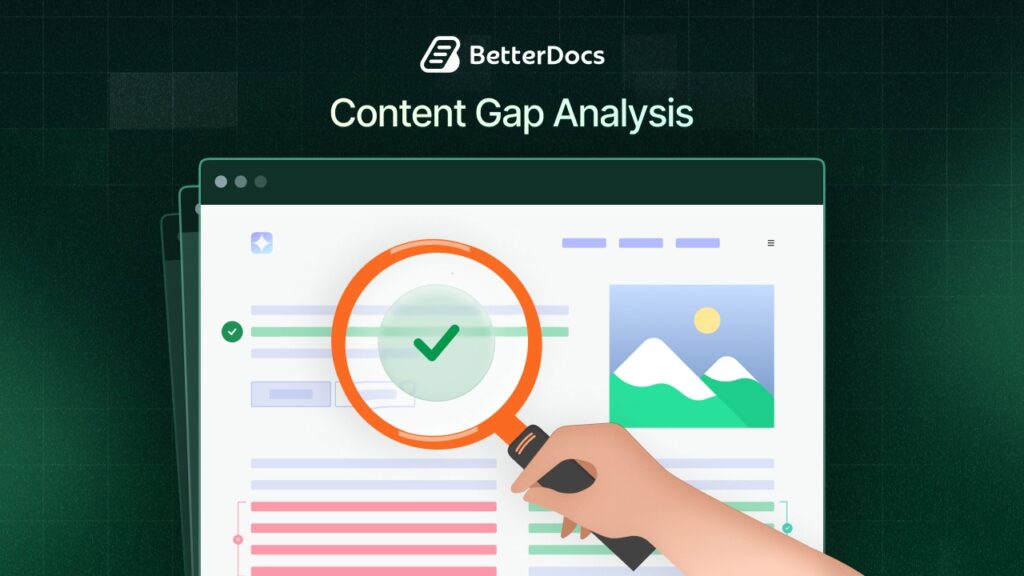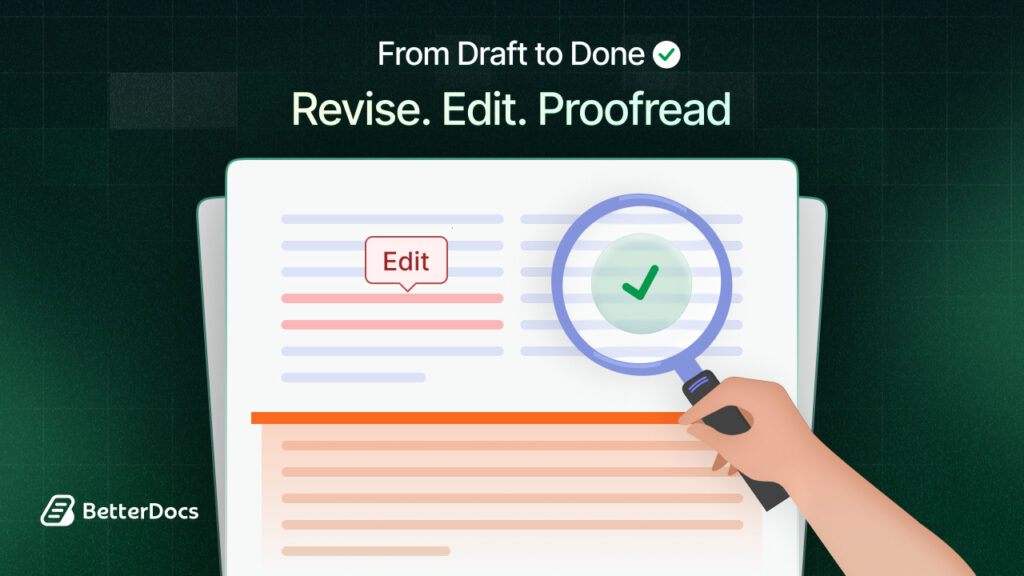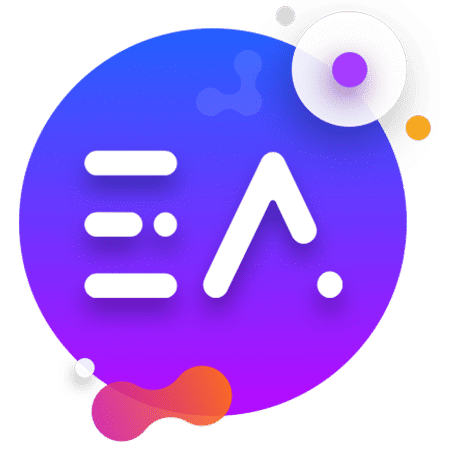In 2025, the demand for precise and comprehensive requirements documentation is more critical than ever. As technology keeps changing how businesses work, it is more important than ever to plan projects clearly and communicate well. Being clear helps teams work better together and makes projects more likely to succeed.
According to a Project Management Institute (PMI) report, nearly 47% of unsuccessful projects fail due to poor requirements gathering. This statistic underlines a harsh truth: even the most promising ideas can fall apart without proper documentation.
![Different Requirements Documentation: Guide with Pro Tips [2025] 1 Requirements Documentation](https://betterdocs.co/wp-content/uploads/2025/05/Blog-Banner-_-Different-Requirements-Documentation.jpg)
In this comprehensive guide, you will know the requirements documentation definition, the different requirements documentation types, why they matter, and how to create them effectively, along with expert tips to make your documentation process more efficient in 2025.
What is Requirements Documentation?
Requirements documentation is like a guidebook for a project. It explains what needs to be done, why it is important, and how it should be done. This document is written by talking to people who are involved in the project, like clients, users, developers, and business teams. It makes sure that everyone understands and agrees on the same goals.
This kind of documentation is important for projects, like creating a new mobile app, designing a website, or building tools for a company. It helps the team stay organized and do their work correctly and on time. The clearer the requirements are, the smoother the project will go.
Types of Requirements Documentation
Understanding the various types of documentation requirements is essential to ensure all stakeholder expectations are met. Each type serves a different purpose and caters to different audiences.
1. Business Requirements Document (BRD)
![Different Requirements Documentation: Guide with Pro Tips [2025] 2 Different Requirements Documentation](https://betterdocs.co/wp-content/uploads/2025/05/image-5.png)
A Business Requirements Document outlines the high-level goals of a project from a business standpoint. It addresses the “what” and “why” without going into technical detail. For instance, a BRD may state the need to improve customer retention through a loyalty program, but it will not specify how the system will function. So, who uses the BRD document?
- Business analysts
- Stakeholders, and
- Senior management, to ensure alignment on objectives before moving into execution.
2. Functional Requirements Document (FRD)
![Different Requirements Documentation: Guide with Pro Tips [2025] 3 Different Requirements Documentation](https://betterdocs.co/wp-content/uploads/2025/05/image-6.png)
The Functional Requirements Document (FRD) is a detailed guide that explains how a system should work. It takes what the business wants and turns it into specific features that the developers can build.
For example, instead of just saying “users should be able to reset passwords,” an FRD would explain exactly how the “reset password” feature should work, like what buttons users should click, what the screen should look like, and what happens if something goes wrong during the process. This helps everyone understand exactly how the system will behave in different situations. The functional requirements document is mostly used by
- Developers
- QA teams, to understand what functionalities the system must perform.
3. Non-Functional Requirements
![Different Requirements Documentation: Guide with Pro Tips [2025] 4 Different Requirements Documentation](https://betterdocs.co/wp-content/uploads/2025/05/image-7.png)
While functional requirements focus on what a system does, non-functional requirements define how it performs. This includes aspects like scalability, performance, security, reliability, and usability.
Ignoring non-functional requirements can lead to systems that technically work but fail to meet real-world expectations. For example, a login feature may function perfectly but take 10 seconds to respond, leading to a poor user experience. Non-functional requirements (NFRs) are primarily used and defined by,
- System Architects & Solution Designers
- DevOps & Infrastructure Teams
- Security Teams
- Quality Assurance (QA) Engineers
- Project Managers & Product Owners
4. User Requirements Specification (URS)
![Different Requirements Documentation: Guide with Pro Tips [2025] 5 Different Requirements Documentation](https://betterdocs.co/wp-content/uploads/2025/05/image-8.png)
A URS focuses on what end-users need from the product. Unlike business or technical documents, this type prioritizes user behavior, pain points, and expectations. It is often presented in the form of user stories or user scenarios, especially in Agile environments.
This helps product teams and UX designers empathize with the user, ensuring features are both useful and user-friendly. Who uses User Requirements Specification (URS) Documentation the most?
- Product Managers
- UX/UI Designers
- Developers (especially in Agile environments)
5. System Requirements Specification (SRS)
![Different Requirements Documentation: Guide with Pro Tips [2025] 6 Different Requirements Documentation](https://betterdocs.co/wp-content/uploads/2025/05/image-9.png)
The SRS is a comprehensive document that includes both functional and non-functional requirements. It acts as a technical blueprint for developers and architects. It often contains detailed models, system interfaces, architecture overviews, and design constraints.
In regulated industries like healthcare or finance, the SRS is also a key document for compliance.
6. Market Requirements Document (MRD)
![Different Requirements Documentation: Guide with Pro Tips [2025] 7 Different Requirements Documentation](https://betterdocs.co/wp-content/uploads/2025/05/image-10.png)
The MRD is often created by marketing or product teams to assess market needs. It outlines competitor analysis, customer personas, market trends, and product positioning. While it is not technical, it provides crucial input to prioritize features that align with business goals. MRD is mostly used by,
- Marketing Teams
- Sales Teams
- Executive Stakeholders
- Engineering Teams (at a high level)
7. Product Requirements Document (PRD)
![Different Requirements Documentation: Guide with Pro Tips [2025] 8 Different Requirements Documentation](https://betterdocs.co/wp-content/uploads/2025/05/image-11.png)
The PRD combines insights from the BRD, FRD, and MRD into a document that defines the final feature set, roadmap, and delivery timeline. It acts as a bridge between business vision and technical execution, and is often maintained dynamically in tools like Notion, Productboard, or Confluence. PRD is used by different roles such as,
- Product Managers
- Engineering & Development Teams
- Design & UX Teams
Why Requirements Documentation Matters
![Different Requirements Documentation: Guide with Pro Tips [2025] 9 Different Requirements Documentation](https://betterdocs.co/wp-content/uploads/2025/05/image-12.png)
Projects that rely on assumptions instead of clear documentation can easily go off track. This can lead to doing more work than planned, spending too much money, and not meeting what the client or team expected.
According to a McKinsey & Oxford study, software projects are among the most likely to fail, with an average of 45% cost overrun and 7% schedule overrun. A major contributor to these failures is poor or unclear requirements documentation — a factor often underestimated but critically important. When requirements are documented:
- Teams stay aligned and focused.
- Stakeholders know what to expect.
- Developers build what is needed, not what they think is needed.
- QA teams can test against defined expectations.
Best Practices & Pro Tips for Effective Requirements Documentation
Before starting any project, having clear and detailed documentation requirements is key to avoiding confusion and delays. From developers to stakeholders, good documentation helps everyone to stay on the same page. Below are some best practices and expert tips to help you create effective requirements documentation that leads to successful project outcomes.
Start with Stakeholder Collaboration
Before writing anything, involve stakeholders from different departments. Early collaboration ensures that the document reflects a balanced perspective and prevents missing requirements. Workshops, surveys, and stakeholder interviews are great starting points.
Use Visuals Where Possible
A picture is worth a thousand lines of text. Use wireframes, flow diagrams, and user journey maps to complement written content. Tools like Lucidchart, Figma, and Miro are extremely effective in helping stakeholders visualize complex systems.
Keep It Ongoing
Documentation is not a one-time event. Requirements evolve, especially in Agile and Lean environments. Set up a version control system or use collaboration tools like Confluence or Notion to keep documents up-to-date and accessible.
Validate and Review Regularly
Get sign-offs or reviews from all involved stakeholders before moving to execution. Misunderstandings caught early can save thousands of dollars in rework. Some teams use validation checklists or hold documentation review meetings to ensure completeness.
Choose the Right Tools
Modern documentation is not about static Word files. In 2025, the best teams use integrated tools that sync with project management platforms. These tools also support live collaboration, comments, and history tracking, which improve both speed and quality. Examples include:
- Jira + Confluence for technical teams
- BetterDocs for WordPress Documentation
- Notion + Figma for product and design
- ClickUp for all-in-one documentation and project planning
Common Mistakes to Avoid in Requirements Documentation
![Different Requirements Documentation: Guide with Pro Tips [2025] 10 Different Requirements Documentation](https://betterdocs.co/wp-content/uploads/2025/05/image-13.png)
One major mistake teams make is being either too vague or too detailed. If the documentation requirements are unclear, like saying “The system should be fast,” it can mean different things to different people. Without clear details, the team might misunderstand what “fast” actually means.
👉 Overloading documents with technical terms or too much information can confuse people who are not familiar with the technical side, such as business leaders or users. Aim for a balance: be clear but avoid unnecessary complexity.
👉 Not involving stakeholders early enough is another common mistake. It is important to involve the right people, like clients, users, and other team members, throughout the project. If you create documentation without getting feedback from these stakeholders, you might miss important details, which can cause problems later. Collaboration at key stages ensures the documentation is accurate and aligned with everyone’s expectations.
👉 Another common mistake in requirement documentation is not maintaining version control. In fast-paced projects, requirements can change quickly. Without version control, teams might end up working from outdated documents, leading to confusion or mistakes. Use tools like Confluence, Google Docs, etc, that allow you to track changes and keep everyone updated with the latest version. This helps ensure everyone is on the same page throughout the project.
Trends in Requirements Documentation in 2025
As teams become more agile and distributed, the importance of clear and efficient documentation continues to grow. In 2025, new tools and methods are emerging to make documentation smarter, more collaborative, and deeply integrated into existing workflows. Below are some key trends shaping the future of requirements documentation.
AI-Powered Documentation
AI tools are starting to play a big role in creating and improving requirements documentation. For example, AI can turn meeting notes into draft documents, help find inconsistencies in requirements, and even suggest better ways to phrase things.
Popular tools like Jasper, Notion AI, and ChatGPT plugins for Jira are being used more often in businesses. If you are using WordPress for your website, then BetterDocs can be an ideal tool as well for managing documentation with amazing AI features. These AI-powered tools make documentation faster, smarter, and more accurate.
Integration with DevOps & Product Platforms
In 2025, documentation is becoming more connected with the tools teams already use. Instead of keeping separate lists or documents, requirements automatically sync with platforms like Jira, GitHub, and CI/CD pipelines (used for coding and software updates).
This integration makes sure the documentation is always up-to-date and reduces duplication of work. It also makes it easier for teams to track changes and understand the current status of a project.
Real-Time Collaborative Workflows
Remote and hybrid teams will rely even more on tools that allow them to work together on documents in real time. Platforms like Atlassian, Notion, and Linear now offer features that let people comment directly on documents, leave feedback, and see updates instantly.
These features make it easier to collaborate, share ideas, and make quick decisions. Documentation becomes a living document that evolves as the team works, leading to better outcomes and fewer mistakes.
Embrace Evolving Documentation Practices to Stay Ahead
As 2025 brings new tools and workflows, staying up to date and embracing evolving documentation practices will be your competitive advantage. Requirements documentation is more than just a project checklist. It is the cornerstone of successful product and project delivery. With the right strategy, tools, and collaboration, you can turn documentation from a tedious task into a strategic asset that saves time, money, and frustration.
If you have found this blog helpful, share your opinion with our Facebook community. You can subscribe to our blogs for valuable tutorials, guides, knowledge, tips, and the latest WordPress updates.
